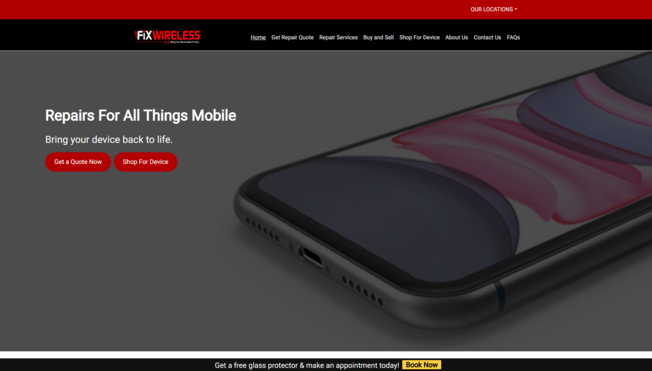
What is dry skin?
A person can have dry skin as a result of dehydration, exposure to extreme weather conditions, and as a reaction to medication. When dry skin occurs, the skin loses its moisture and could appear as rough, flaky and cracked. Dry skin can also occur as a side effect of chemotherapy. Drugs used for cancer treatments like 5_FU can cause extreme skin dryness to patients, as well.
Normal skin is generally soft and supple. It contains 10% to 30% water with an oily substance called the sebum, to protect its the outer area. Losing the sebum would result in the dry and flaky skin. Dry skin condition is medically known as xerosis. It is an affliction that affects both the young and the elderly.
What causes dry skin?
1. Lack of sebum – this is an ailment that is common with the elderly. As you grow older, the sebaceous glands, which produces the sebum decreases. The blood flow to the skin also decreases. These two factors result in the cracked and flaky skin as one gets older.
2. Lifestyle – factors leading to problematic skin conditions would depend on how you go about doing your bathroom vanities. Too much scrubbing, showering, and the use of abrasive soap can do more damage to the skin than the good of making it clean.
3. Environmental conditions – excessive sun exposure, swimming, and windy air can be harmful to the epidermal tissues; so can excessively dry indoor air from heaters, that bring about ‘winter itch’ syndromes in some people.
4. Medical reasons – dry skin is prevalent in people who are diabetic or have skin allergies. It can also be a symptom of hypothyroidism, kidney failure, and Sjogren's syndrome. It can likely be caused by the intake of medications, or of treatments that are used for cancer patients.
Medication for dry skin
The most popular medication for skin problems follow:
1. Urea Cream – is a keratolytic emollient which is topically applied. This is used as a treatment for dry, rough skin, skin cracks, and fissures, eczema, psoriasis, keratoses, and calluses. These are normally packed in plastic bottles. and are labeled as a lotion for dry skin.
2. Ammonium Lactate – Combination of lactic acid and ammonium hydroxide. This is used as a moisturizer and is good for the treatment of dry, scaly, and itchy skin. This is a topical medication that should not be applied to the face, especially the mouth and the eyes. The cream should not be applied to irritated or bruised skin and should be avoided if there will be prolonged exposure to the sun. This is another lotion for dry skin that needs a doctor’s prescription.
3. Topical Emollients – these are lotions for problematic skin that you can buy off the counter. These are applied topically to the skin to prevent dryness. This topical lotion should not be applied on the face, especially the nose, eyes, and mouth. Sun exposure should be avoided since the skin can become sensitive to UV lights.
For extremely itchy skin, a doctor may prescribe the use of the hydrocortisone cream. The application is in a small amount and is only applied where the chronic skin problem exists. This medication is used in extreme cases, or when the patient is itching badly. Skipping medication every few days is suggested to avoid resistance to the medication. Using other topical emollients when the skin is not that itchy, can increase the effectiveness of the hydrocortisone cream.
Source:
About the author:
My sister is afflicted with a severe form of dry skin known as psoriasis. She has been in and out of the hospital to seek treatment, as the situations sometimes worsen and lead to cuts, fissures, and infections due to extreme itchiness. This is part of the research that I did regarding the ailment.

















Leave a Reply